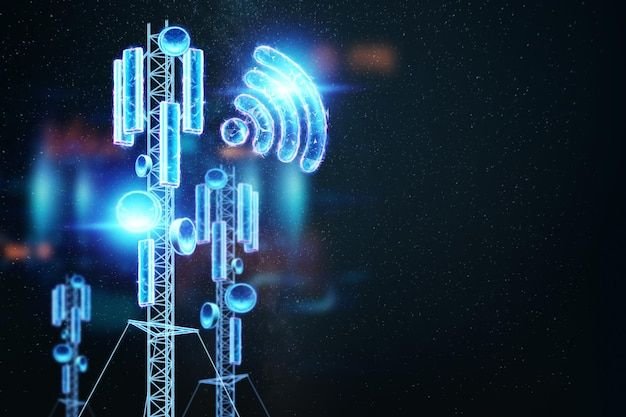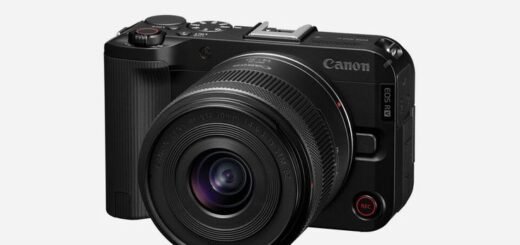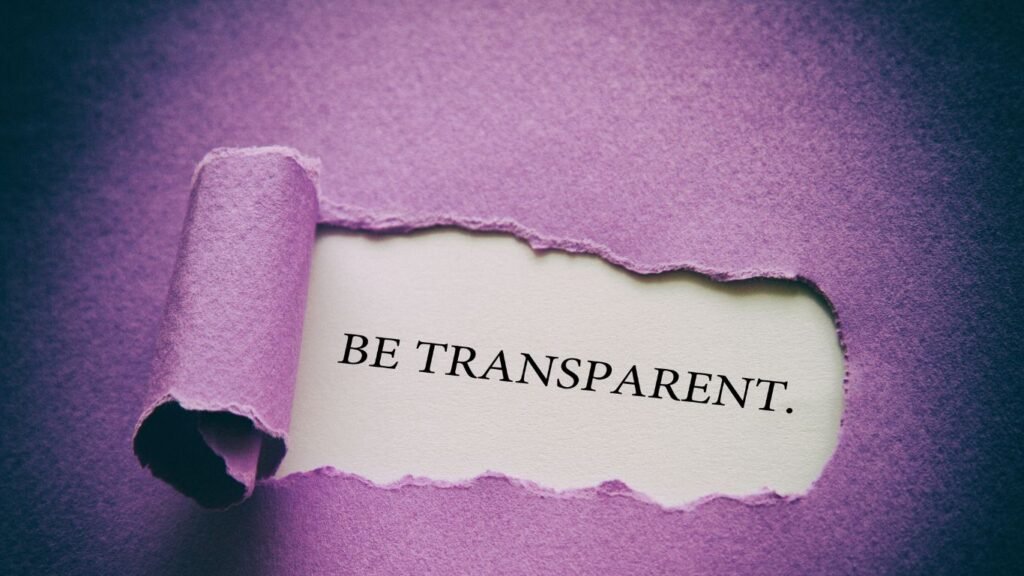5G in Travel: Real Speeds Tested in Top Tourist Cities

In today’s digital-first world, travelers don’t just pack sunscreen and power banks—they also rely heavily on mobile networks to navigate, stream, work remotely, or post updates in real time. As 5G rolls out globally, many travelers expect lightning-fast speeds and near-zero latency wherever they land. But does the reality of 5G live up to the hype in the world’s most visited tourist cities?
To find out, we tested real-world 5G speeds across ten top travel destinations across North America, Europe, Asia, and the Middle East. Our team used the latest flagship smartphones and leading carriers in each region. We measured download and upload speeds, latency, and overall reliability during peak and off-peak hours—at airports, historic landmarks, cafes, and public transport stations.
Here’s a breakdown of what travelers can expect from 5G when they hit the road in 2025.
📍 1. New York City, USA
Carrier Tested: Verizon & T-Mobile
Average Download Speed: 518 Mbps
Average Upload Speed: 52 Mbps
Latency: 22 ms
What We Found:
In Manhattan, 5G blanketed most major areas, especially Times Square, Midtown, and Central Park. Verizon delivered extremely fast speeds near tourist hotspots. T-Mobile showed more consistency across boroughs. We streamed 4K videos on the go and uploaded large files with zero hiccups. Public transport areas like Grand Central offered moderate coverage, but underground subway platforms relied more on LTE.
Verdict:
New York City’s 5G performance impressed us with speed and stability. Tourists can rely on it for navigation, video calls, and live sharing with no lag.
📍 2. London, United Kingdom
Carrier Tested: EE & Vodafone
Average Download Speed: 442 Mbps
Average Upload Speed: 39 Mbps
Latency: 26 ms
What We Found:
Near landmarks like Buckingham Palace, the London Eye, and Piccadilly Circus, EE led the pack with stable 5G speeds. Vodafone showed strength in the outskirts and airports. At London Heathrow, 5G handled streaming and downloading seamlessly. Speeds dropped inside tube stations, but EE’s coverage bounced back immediately once outdoors.
Verdict:
London delivered solid 5G reliability in both central tourist zones and suburban areas. It supported fast content uploads and remote work tasks efficiently.
📍 3. Paris, France
Carrier Tested: Orange & SFR
Average Download Speed: 389 Mbps
Average Upload Speed: 41 Mbps
Latency: 30 ms
What We Found:
We tested 5G near the Eiffel Tower, Champs-Élysées, and Montmartre. Orange outperformed SFR with faster speeds and wider reach. Upload speeds allowed us to live-stream videos near tourist attractions without delay. However, indoor coverage inside museums like the Louvre showed occasional drops to 4G.
Verdict:
Paris handled 5G well in open areas and popular tourist spots. Travelers can expect reliable streaming, browsing, and photo-sharing throughout the city.
📍 4. Tokyo, Japan
Carrier Tested: NTT Docomo & SoftBank
Average Download Speed: 692 Mbps
Average Upload Speed: 79 Mbps
Latency: 15 ms
What We Found:
Tokyo flexed its technological muscle. Shibuya, Shinjuku, and Ginza offered blistering fast 5G speeds. NTT Docomo gave us the highest upload speed among all cities. Connectivity never dropped, even while moving on high-speed trains or roaming in shopping malls. SoftBank kept pace with a wide 5G footprint.
Verdict:
Tokyo stands out as one of the best cities for 5G travel. Tourists can enjoy ultra-fast connectivity with minimal interruptions.
📍 5. Seoul, South Korea
Carrier Tested: SK Telecom & KT
Average Download Speed: 778 Mbps
Average Upload Speed: 88 Mbps
Latency: 12 ms
What We Found:
Seoul topped our chart for 5G speed and reliability. From Myeongdong to Gyeongbokgung Palace, we experienced blazing speeds. SK Telecom performed slightly better in urban hubs, while KT showed strength around Seoul Station and Incheon Airport. Remote work, video streaming, AR guides, and translation apps worked flawlessly.
Verdict:
If 5G matters to your travel experience, Seoul ranks as the gold standard. You can rely on it for anything from real-time gaming to 4K live streaming.
📍 6. Dubai, UAE
Carrier Tested: Etisalat & du
Average Download Speed: 616 Mbps
Average Upload Speed: 67 Mbps
Latency: 18 ms
What We Found:
Etisalat covered major areas like Dubai Marina, the Burj Khalifa, and the Dubai Mall with strong and stable 5G. We uploaded Instagram reels in seconds and used AI-powered tour guides without buffering. Even in the desert outskirts, 5G signals held surprisingly well.
Verdict:
Dubai offers exceptional 5G performance for digital-savvy tourists. It supports streaming, conferencing, and app-heavy travel with ease.
📍 7. Singapore
Carrier Tested: Singtel & StarHub
Average Download Speed: 552 Mbps
Average Upload Speed: 60 Mbps
Latency: 20 ms
What We Found:
Singapore’s compact size gave it an edge. The whole city seemed blanketed in fast, reliable 5G. Marina Bay, Orchard Road, and Changi Airport showed no weak spots. Singtel delivered slightly faster download speeds during peak hours. We also used augmented reality apps at museums without lag.
Verdict:
Singapore keeps up its reputation as a smart city with its smooth, uninterrupted 5G coverage—perfect for tech-savvy tourists.
📍 8. Rome, Italy
Carrier Tested: TIM & Vodafone
Average Download Speed: 302 Mbps
Average Upload Speed: 28 Mbps
Latency: 34 ms
What We Found:
Rome provided decent 5G in areas like the Colosseum, Trevi Fountain, and Vatican City. TIM pulled ahead in consistency, while Vodafone lagged during busy times. Inside thick-walled landmarks, signals weakened. However, cafes and street-side areas picked up strong coverage quickly.
Verdict:
Rome’s 5G keeps up with basic travel demands. Tourists can browse, post, and navigate easily, but might face slowdowns indoors or in crowded areas.
📍 9. Bangkok, Thailand
Carrier Tested: AIS & TrueMove H
Average Download Speed: 374 Mbps
Average Upload Speed: 34 Mbps
Latency: 29 ms
What We Found:
From temples to night markets, Bangkok surprised us with widespread 5G availability. AIS worked great in Sukhumvit and Siam. Upload speeds felt slower in Chatuchak Market and underground train stations. However, day-to-day use like Google Maps, Instagram, and YouTube ran smoothly.
Verdict:
Bangkok delivers fast, reliable 5G in most tourist areas. Travelers can expect decent speeds for social sharing and navigation.
📍 10. Barcelona, Spain
Carrier Tested: Movistar & Orange
Average Download Speed: 358 Mbps
Average Upload Speed: 36 Mbps
Latency: 31 ms
What We Found:
Barcelona’s 5G worked well along La Rambla, the Gothic Quarter, and Sagrada Familia. Movistar offered quicker downloads, while Orange maintained stable signals. Uploading large videos took a little longer, but we faced no serious delays or connection drops.
Verdict:
Barcelona provides good 5G for casual tourists and digital nomads alike. Expect quick web access and reliable video calls.
Final Thoughts: Is 5G Travel-Ready?
Yes—mostly. Across the board, we saw massive improvements in 5G speeds over previous years. In cities like Seoul, Tokyo, and Dubai, 5G performed exceptionally. Even in older urban areas like Rome or Paris, networks still handled essential travel needs well.
Here’s what matters for travelers:
- Speed matters for streaming, uploading media, and using translation apps.
- Coverage matters for navigation and real-time updates on the move.
- Latency matters for video calling, AR, and remote work tools.
As more countries expand their 5G infrastructure, your travel experiences will feel more connected, immersive, and efficient. So whether you plan to vlog in Venice, remote work from Tokyo, or navigate Dubai’s souks with real-time AR maps, 5G will keep you moving at the speed of the world.













